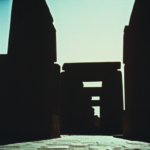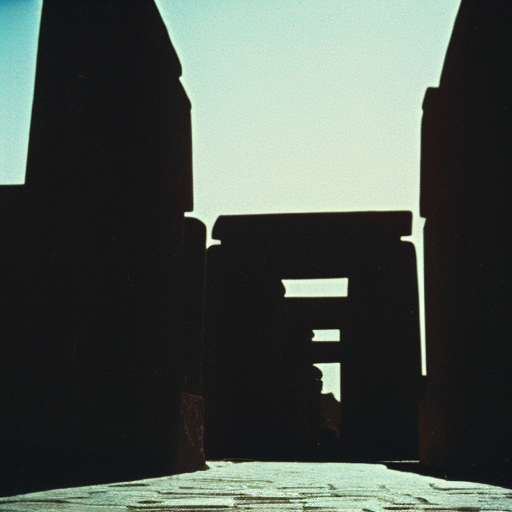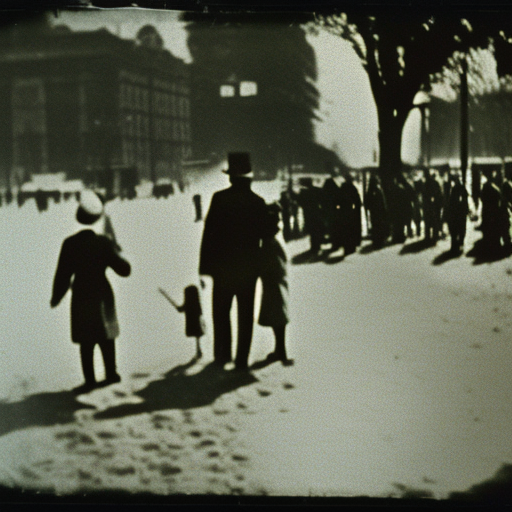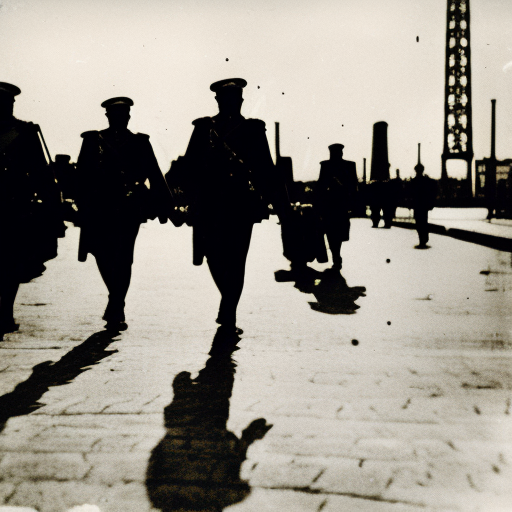The Indus Valley Civilization
The Indus Valley Civilization, also known as the Harappan Civilization, was one of the world’s earliest urban civilizations. It flourished in the Indus River valley in present-day Pakistan and western India from around 2600 BCE to 1900 BCE. This ancient civilization was characterized by its well-planned cities, advanced drainage systems, and sophisticated trade networks.
City Planning and Architecture
The cities of the Indus Valley Civilization were meticulously planned, with a grid-like layout and well-organized streets. The most famous cities of this civilization were Mohenjo-daro and Harappa. The buildings were made of baked bricks and featured complex architectural designs. The cities had well-constructed houses, public buildings, and even public baths. The presence of granaries suggests that agriculture played a significant role in the civilization’s economy.
Writing System
The Indus Valley Civilization had a unique writing system that has not yet been fully deciphered. The script, known as the Indus script, was found on seals, pottery, and other artifacts. Despite extensive efforts, scholars have not been able to understand the language or the meaning behind the script. This has limited our understanding of the civilization’s literature and historical records.
Economy and Trade
The Indus Valley Civilization had a thriving economy based on agriculture, trade, and craftsmanship. The fertile soil of the Indus River valley allowed for the cultivation of a variety of crops, including wheat, barley, and cotton. The civilization had an extensive trade network, with evidence of trade links with Mesopotamia and other regions. The presence of standardized weights and measures suggests a well-regulated trade system.
Social Organization
The society of the Indus Valley Civilization was likely organized in a hierarchical manner. Archaeological evidence suggests the existence of a ruling elite, as well as a skilled artisan class. The cities had a well-developed system of governance, with evidence of public administration and urban planning. The civilization also had a sophisticated drainage system, with covered drains and public baths.
Decline and Legacy
The Indus Valley Civilization began to decline around 1900 BCE, for reasons that are still not fully understood. Some theories suggest that changes in the river’s course and climate shifts may have contributed to the decline. The civilization gradually faded away, and its cities were abandoned. The writing system of the Indus Valley Civilization was eventually forgotten, and the civilization was lost to history for centuries.
It was only in the 1920s that the remains of the Indus Valley Civilization were rediscovered by archaeologists. Excavations at sites such as Mohenjo-daro and Harappa revealed the extent of this ancient civilization’s achievements. The discovery of the Indus script and the unique city planning techniques have fascinated historians and archaeologists.
The Indus Valley Civilization left a lasting legacy. Its advanced urban planning, sophisticated drainage systems, and trade networks were remarkable for their time. The civilization’s agricultural practices and craftsmanship techniques also had a significant impact on subsequent societies in the region. The Indus Valley Civilization serves as a testament to the ingenuity and achievements of ancient human civilizations.












